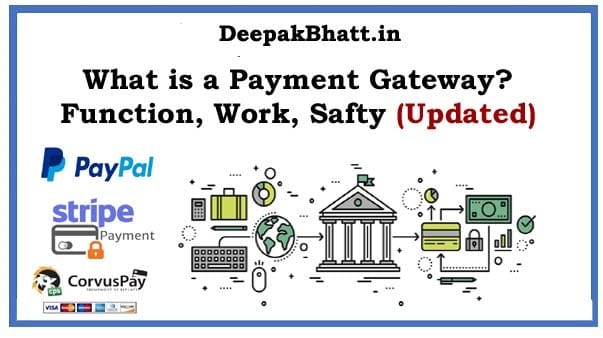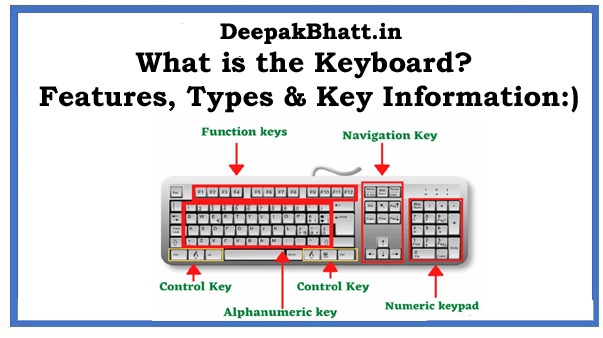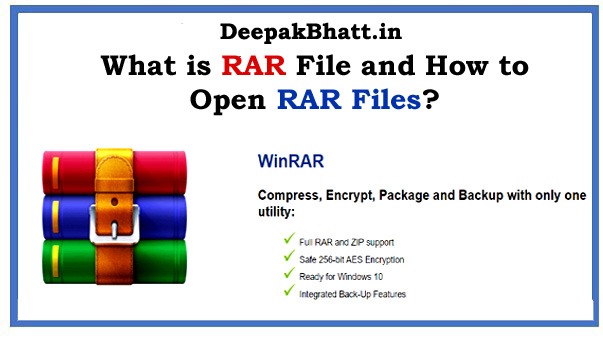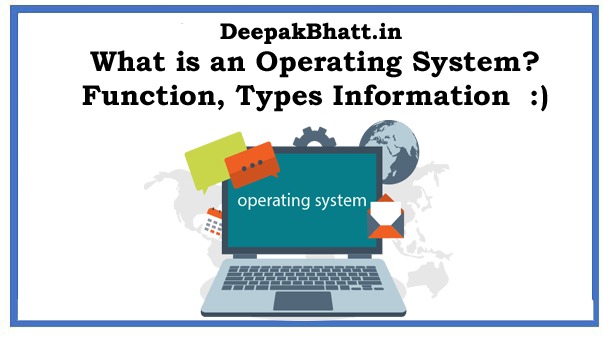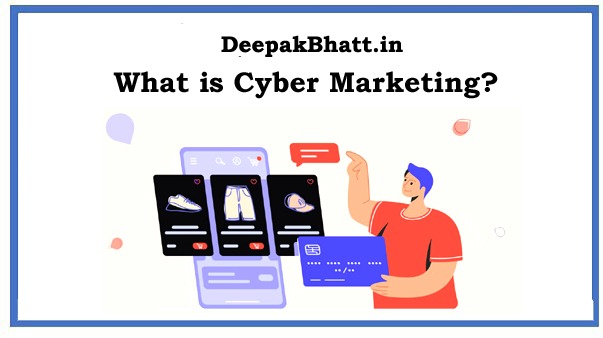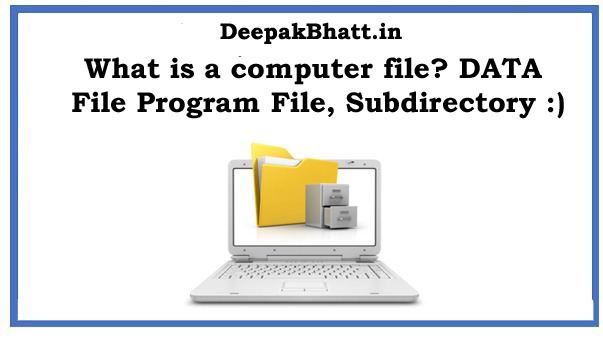What is a Payment Gateway Very few people know what a payment gateway is, and how and why it is used.
If you do not know about it, then no problem, we will give you complete information about it. For this, read our post from beginning to end.
What is a Payment Gateway?
Payment gateway refers to front-end technology. Which reads the payment card and sends the customer information to the receiving bank for processing.
The payment gateway is an important aspect of all electronic payment card processing. Payment gateways offer various features to help facilitate the electronic payment process for merchants.
Popular payment gateways include PayPal, CC Avenue, PayU, EBS, VISA, and Master Card. The Payment Processor analyzes and communicates transactions and data. However, the payment gateway authorizes the fund transfer between Buyers and Sellers.
The work of the payment gateway is to make the online payment successful by sharing the information between the online website/portal and the bank.
They act as a bridge between the bank and the merchant website. As soon as you pay with your Credit Card or Net Banking.
This request goes to the bank and the bank approves that payment after successful payment, you are directed to that website, and you can see the message of payment successfully.
How to Create a Simple Business Plan Free
5 Books Will Make You a Better Entrepreneur Free
Solopreneurship Mini Course with Free Tutorials
How Payment Gateway Works
When a customer orders from an online store. So to finalize the transaction, the payment gateway performs many functions such as –
- Encryption
- Authorization Request
- Filling the Order
1. Encryption
Encrypts to send data between the web browser data and the vendor’s web server. The gateway then sends the transaction data to the payment processor used by the seller’s acquiring bank.
2. Authorization Request
The payment processor sends transaction data to a card association. The Issuing Bank of the credit card sees the Authorization Request and it approves or denies it.
3. Filling the Order
The processor then forwards the authorization related to the payment gateway to the merchant and the consumer.
Once the gateway receives this response, it sends it to the website/interface to process the payment.
What it means here is that it generates the appropriate response. From this, it appears. The Complicated and Lengthy Process usually takes only a few seconds. At this point, the trader fills the order.
Other Functions of Payment Gateway
Payment Gateway also supports screen orders with helpful tools. This screening process minimizes as much fraud as possible. Gateway Fraud Detection Tools are included.
- Delivery Address Verification
- AVS Checks
- Computer Finger Printing Technology
- Velocity Pattern Analysis
- Identity Morphing Detection
- Geolocation
Advantages of Payment Gateway
If you have a shopping website. Or if you provide any service online, then customers can buy your service product and make payment online, for this, you also have to implement Payment Gateway in your website portal.
This is its biggest advantage. You can get the money paid by the customer directly into your bank account.
It is Fast, Secure, and Easy. If seen from the point of view of security, then payment gateways are quite secure, all the information is encrypted and no information about the customers is leaked.

